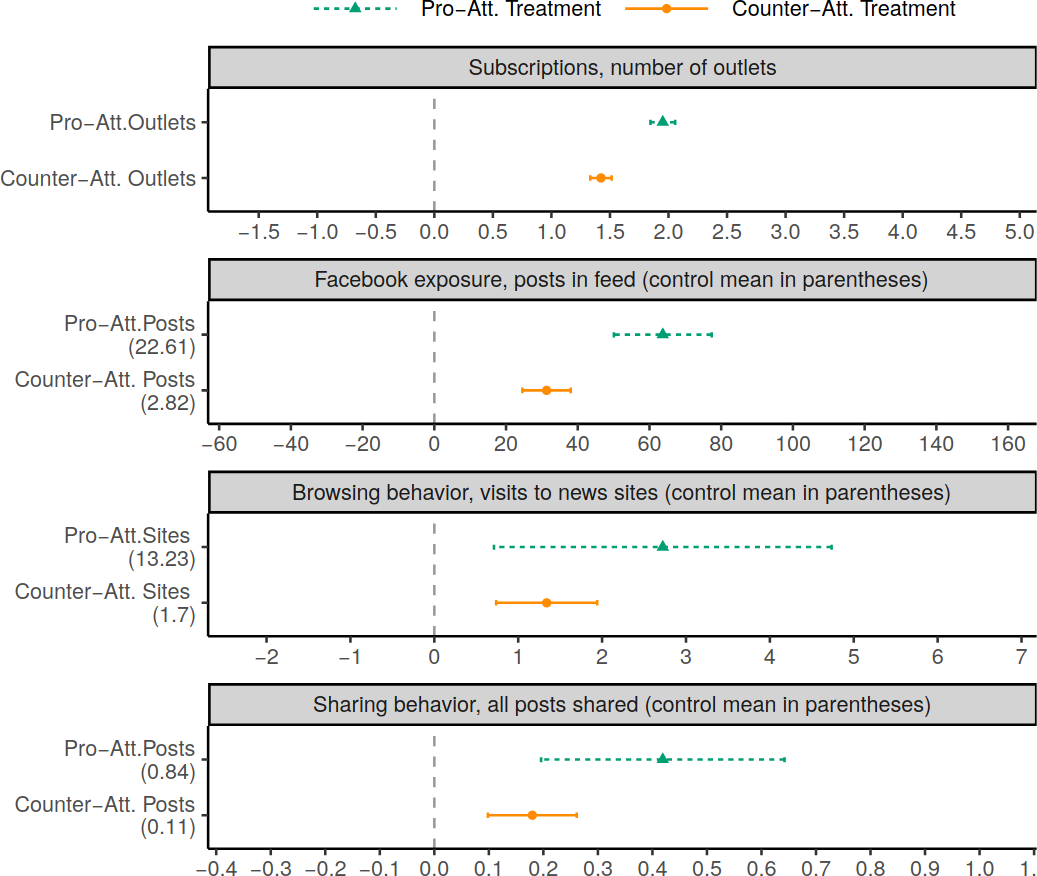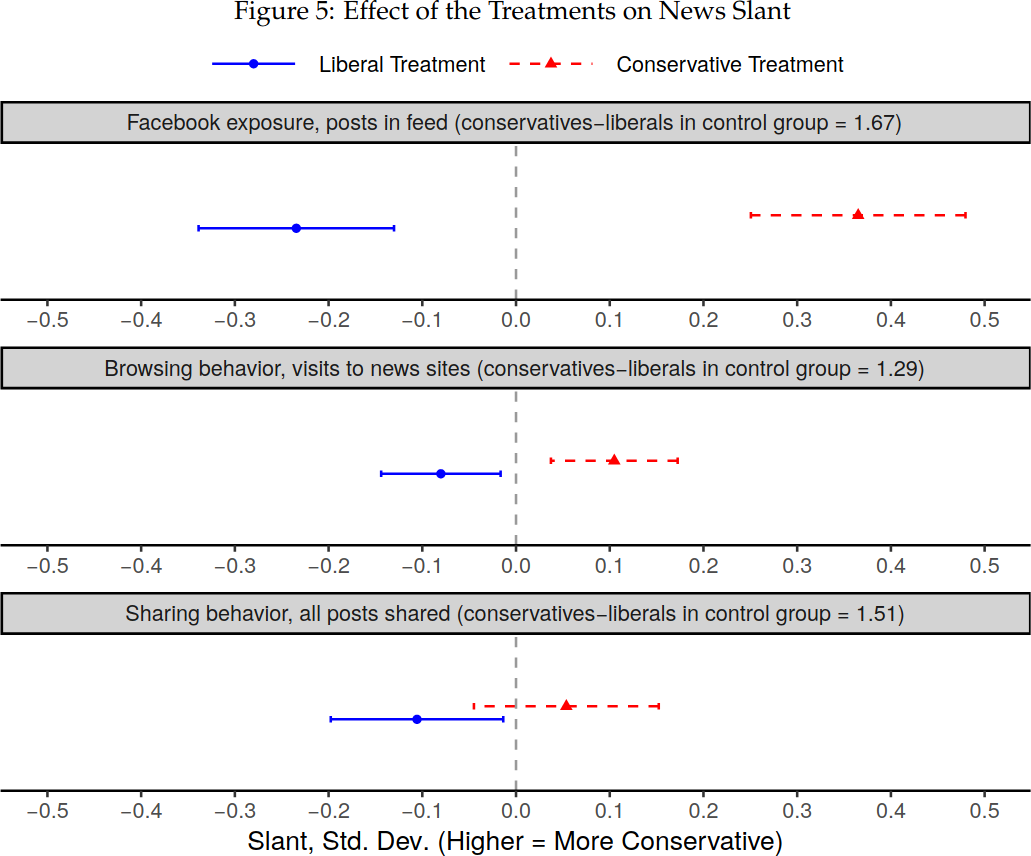I’m intrigued by the concept of affective polarization.
My views are probably more moderate and this point in my life than they’ve ever been. I’ve said somewhat recently that “I’m an anarchist that’s been mugged by reality.”
My politics and attitudes from 20 years ago are close to what what you might find trending on Twitter, but a bit more extreme.
This will sound crazy, but at times I’ve wondered if I’m not in some kind of after-life or “simulation jail” where I have to deal with millions and millions of people in the US making noises very similar to my own from two decades prior and if it’s it like… some kind of cosmic revenge or the universe trying to teach me a painful lesson. It feels uncanny at times.
That’s kind of a tangent, but maybe relevant background to say myself and others of similar stripes I knew had a lot of extreme points of view at one time, but we were mostly self-marginalized and we’re ineffective because of them. I’d guess this was because we were much more of a minority at the time.
It’s different now in that what was once alienating beliefs and behaviors are now an entry ticket for safe harbor—it means you can express your beliefs and find shelter, even if it’s tenuous and always moving like a peloton.
I have to think that this is ultimately what social media provides, the ability to “move” very efficiently in a herd and in a way that’s the maximally rewarding, but contingent on being maximally harassing to another herd.
It feels like refuge, but it’s all a fugazi.
This is the third in a series of posts studying how Facebook's newsfeed affects political polarization. To recap:
(Recall that we call a news article pro-attitudinal if it agrees with a user's political views, and counter-attitudinal if it runs counter to them; and that this is usually determined by looking at what outlet the article appears in.)
In this post, I'll finally look at the causal effect of the newsfeed on user's beliefs and attitudes. In summary:
To me this paints an optimistic but limited outlook for interventions on Facebook newsfeeds. Fully balancing the feed seems unattainable without strongly ignoring user preferences, and I'd personally guess that 3 points is about the best you can get. That's only 30% of the polarization we'd like to address, but that could already be a big deal! Especially since a cheap intervention can already get you to 10%.
In addition, the fact that newsfeeds don't seem to influence voting behavior removes some ethical concerns. While many have worried about Facebook influencing elections, in the U.S. at least I suspect this worry is overstated, and the numbers above seem to back that up. If the primary effect of changing newsfeeds is simply to make people less angry with each other, without affecting their voting preferences, that seems like a pretty clear good to me.
Caveats and limitations. These conclusions only cover the direct effects of Facebook on users. If Facebook shapes the incentives of traditional media, it could have a larger total effect than estimated above. These incentive effects are harder to measure, although I'm part of a collaboration trying to take a first pass at this.
The conclusions also are specific to Facebook rather than social media in general. For instance, other lines of evidence suggest that Twitter could drive polarization by socializing users to be angrier (Brady et al., 2021) and by amplifying antisocial users (Bor and Petersen, 2021). I am not as well-versed in this literature, but Noah Smith wrote a recent thought-provoking overview of these two results.
Sources. This post continues to follow Levy (2020); in addition to the descriptive statistics in the last post, Levy performed a clever intervention to estimate causal effects, which I'll describe in more detail below. It also draws partly on Allcott et al. (2020) who study the effects of temporarily quitting Facebook altogether. [Disclosure: Levy, as well as two of the authors of Allcott et al., are collaborators.]
Causal Effect of Social Media
We want to understand the effect on users of changing the newsfeed. If we were Facebook, we could do this by randomly changing a subset of user feeds, and then sending follow-up surveys to measure political attitudes. However, we aren't Facebook, so we need to do something more clever. I'll describe Levy's approach to handling this below.
Levy (2020)'s Intervention
How does more diverse news shape opinions and attitudes?
Let's first dive into the meat: Does showing users counter-attitudinal news change their political attitudes and beliefs?
The basic answer is: sort of. It turns out that it doesn't change their beliefs much at all: users aren't going to change how they vote based on Facebook articles. However, it has a small but meaningful effect on attitudes: how users feel about the opposing party. This is important, because this sort of affective polarization is probably the most dangerous to a functioning democracy (see Iyengar et al., 2019), so we want ways to reduce it.
In a bit more detail, Levy finds that for the counter-attitudinal arm, affective polarization decreased by about 1 point on a 0-100 scale; in comparison, it has increased by about 10 points over the past 20 years, so this undoes 10% or "2 years worth" of polarization. That's a small slice of the pie, but pretty impressive for a single intervention!
In even more detail:
Levy applies a few back-of-the-envelope calculations to get additional estimates:
This last point is important, as it implies that the 3.94-degree decrease from equalizing the feed is probably not actually attainable, since it would require showing users content that was significantly more balanced than they would seek out themselves.
Overall Story
Pulling together the above numbers and estimates, it seems to me that:
Appendix: Other Effects
Levy also estimates several other causal effects, primarily on how much his nudge is able to change the composition and slant of newsfeeds. While not directly related to the polarization question, I still found them interesting, so I've collected them in this section.
Effect of intervention on media consumption
As stated above, Levy nudges users to subscribe to 4 outlets that are either pro-attitudinal (in line with political leaning) or counter-attitudinal. The following figure summarizes the results of this intervention.
Figure 4 of Levy (2020)

Below are some more details on the intervention effects, pulling quotes from the paper.
On the feed. "In the two weeks following the intervention, participants in the pro- and counter-attitudinal treatments were exposed to 64 and 31 additional posts from the potential pro- and counter-attitudinal outlets, respectively. For comparison, control group participants were exposed to 266 posts from leading news outlets, and 2,335 posts in total." Note the implication that only 11% of Facebook posts are news; among those news posts, the intervention adds around 10%-25%.
On post sharing. Levy finds an average of 0.18 shares for counter, 0.41 for pro; over baselines of 0.11, 0.84. In addition, users are not just sharing to disagree---there was an increase even among posts with no commentary; 0.06 for counter, 0.28 for pro (baseline 0.05, 0.46). (See Figure A.6 for details.)
On external visits. "The counter-attitudinal treatment increased total visits to the websites of the counter-attitudinal outlets by 79%, an ITT effect of 1.34 [95%CI≈0.7] visits over a baseline of 1.70 visits in the two weeks following the intervention. The pro-attitudinal treatment increased the number of visits to the websites of pro-attitudinal outlets by 21%, an ITT effect of 2.72 [95%CI≈2] visits over a baseline of 13.23." ITT stands for "intention to treat", which in this case means the average effect once a user clicks on the recruitment ad. Note the large error bars for this measure, probably caused by heterogeneity in external visits and smaller sample size (only the 5% of users who installed the browser extension). My main takeaway is that the counter-attitudinal treatment led users to visit sites they may not have otherwise.
Also, as mentioned in the previous post, users see less posts from the counter-attitudinal outlets than from the pro-attitudinal outlets. Perhaps 40% of this effect comes from the FB algorithm, and the rest from other effects (fewer subscriptions, less browsing time). See Figure 8 or the previous post for details.
Effects of intervention on news slant
Using the above numbers and some back-of-the-envelope calculations, we can calculate how much this intervention changed the overall slant of newsfeeds. Keep in mind that only 11% of the Facebook feed is news, so it is possible to change the slant significantly without changing the overall feed by that much. As before, I'll mostly quote the result of Levy's calculations, although I did check that they seemed reasonable to me:
If you switch from nudging users in a liberal direction vs. nudging them in a conservative direction, you can noticeably shift the slant of their feed: by around 15% of the average difference between liberals and conservatives. Levy: "The combined effects of the liberal and conservative treatments equals 14%-19% (ITT-TOT) of the difference in the slant of news sites visited by conservatives and liberals in the control group." Another estimate (based on Figure 5 below) is that the treatment leads to about a 0.3 standard deviation change in slant.
We can further contextualize this as follows: “Based on the Comscore panel, the TOT effect of the liberal treatment would have shifted the online news diet of an individual in Pennsylvania, a swing state, to a diet similar to an individual in New York, a blue state, and the TOT effect of the conservative treatment would have led to a news diet similar to an individual in South Carolina, a red state"
Figure 5: Effects of Treatment on News Slant

The change in newsfeed also affects downstream browsing behavior:
"When the compliers’ news feed became one standard deviation more conservative, the slant of the news sites they visit became 0.31 standard deviations more conservative. The effect on the slant of the subset of news sites visited through Facebook is 0.72 standard deviations." But: "Since these calculations rely on stronger assumptions than the ITT and TOT estimates, they should be interpreted cautiously."
Levy notes that most of the difference is due to the specific outlets from the study (as opposed to reading new articles more generally). "The mean slant of news consumption is not strongly affected by the treatments when the potential outlets are excluded, implying that the experiment did not have large crowd-in or crowd-out effects."
Effects decay a bit over time but are relatively persistent 3 months later (probably at least 50% of the effect after 1 week); see Figures 6 and A.8.
Summary. A cheap nudge on Facebook leads to a 0.3 standard deviation change in news slant on the feed, which leads to perhaps a 0.1 standard deviation change in overall news consumption (take this second number with a grain of salt). This effect decays a bit over time, but only by about 50% after 3 months.